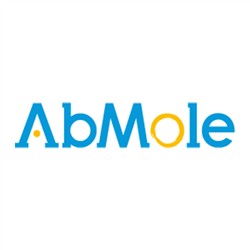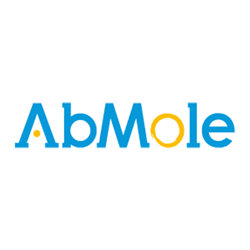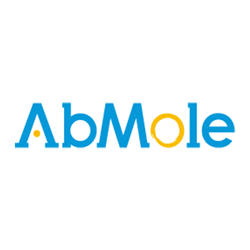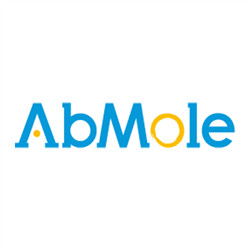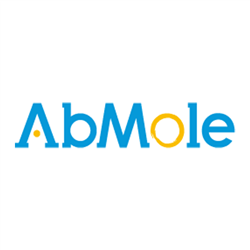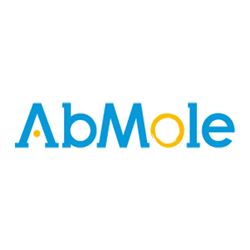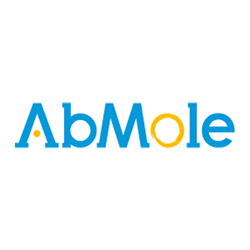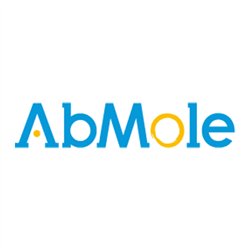Protein
- Instrumentos
- Agitadores / Agit. Incubadores
- Orbitales
- Con Incubación
- Incubadores Gran Capacidad
- Lineales, Balanceo y 3D
- Incubadores Microplacas
- Para colocar en estufa
- Magnéticos
- Mezcladores /Roller /Rotatorios
- Agitadores de Paletas
- Jeio Tech Accesorios para Agitadores
- Benchmark Accesorios para Agitadores
- N-Biotek Accesorios para Agitadores
- Biosan Accesorios para Agitadores
- Labnet Int. Accesorios para Agitadores
- Vórtex
- Analisis Imagen, animales, plantas, geles
- Balanzas
- Baños Termostáticos
- Cabinas Flujo / Extraccion gases / PCR
- Centrifugas
- Detectores de Radioactividad
- Electroforesis
- Electroquímica
- Equipos Microplacas
- Espectrofotometros
- Experimentacion Animal
- Hornos de Hibridacion
- Homogeneizadores
- Estufas / Equipos calor, frio
- Luminómetros de Tubos
- Microbiologia
- Pipetas / Dispensadores
- Pipetas Labnet Int. Monocanales Automaticos
- Pipetas HTL Monocanales Automáticas
- Pipeta Accumax Mono y Multicanales
- Pipetas Labnet Int. Multicanales
- Pipetas HTL Multicanales
- Pipetas Volumen Fijo
- Pipetas Electrónicas
- Dispensadores
- Dispensadores de Botella
- Pipetas Biosan Monocanales
- Pipetas Biosan Multicanales
- PCR / Tiempo Real (qPCR)l / Cicladores
- QPCR, Sistemas automaticos
- Sonicadores / Ultrasonidos
- Ultracongeladores
- Bombas Jeringa / Vacio / Osmoticas
- Ultracentrífugas
- Micro Array label free
- Contadores de Células
- Contenedores Criogenicos
- Producción agua ultrapura
- Electrospinning
- Agitadores / Agit. Incubadores
- Reactivos
- Consumibles
- Catálogos PDF
Protein Hay 17559 productos.
Recombinant Human IL-7 Protein (Mammalian, C-6His)
Human Interleukin 7 (IL-7) is a potent lymphoid cell growth factor stimulating the proliferation of lymphoid progenitors. IL-7 signals via IL-7 receptor (IL7R) activating multiple pathways including JaK/STAT and PI3K/AKT, which regulate lymphocyte survival, glucose uptake, proliferation, and differentiation. IL-7 is also associated with cytoplasmic IL2-R...
Recombinant Human IL-7 Protein (Mammalian, C-6His)
Human Interleukin 7 (IL-7) is a potent lymphoid cell growth factor stimulating the proliferation of lymphoid progenitors. IL-7 signals via IL-7 receptor (IL7R) activating multiple pathways including JaK/STAT and PI3K/AKT, which regulate lymphocyte survival, glucose uptake, proliferation, and differentiation. IL-7 is also associated with cytoplasmic IL2-R...
Recombinant Human CDH17 Protein (Mammalian, C-6His)
Cadherin-17 is a single-pass type I membrane protein that belongs to the cadherin superfamily. Cadherin-17 is expressed in the gastrointestinal tract and pancreatic duct. Cadherin-17 plays a role in the morphological organization of liver and intestine and involved in intestinal peptide transport.
Recombinant Human CDH16 Protein (Mammalian, C-6His)
Cadherin-16 (CDH16) is a single-pass type I membrane protein which contains six cadherin domains. CDH16 is exclusively expressed in kidney, where the protein functions as the principal mediator of homotypic cellular recognition. It plays a role in the morphogenic direction of tissue development.
Recombinant Human IFNAR1 (Mammalian, C-6His)
Interferon Alpha/Beta Receptor 1 (IFNAR1) interacts very weakly or not at all with type 1 interferons and does not stably interact with IFN-α/β R2. Ligands associate with IFN-α/β R2, and this complex subsequently forms a stable ternary assembly with IFN-α/β R1. IFN-α/β R1 also associates with IFN-γ R2 even in the absence of IFN-γ stimulation.
Recombinant Human IFNAR1 (Mammalian, C-6His)
Interferon Alpha/Beta Receptor 1 (IFNAR1) interacts very weakly or not at all with type 1 interferons and does not stably interact with IFN-α/β R2. Ligands associate with IFN-α/β R2, and this complex subsequently forms a stable ternary assembly with IFN-α/β R1. IFN-α/β R1 also associates with IFN-γ R2 even in the absence of IFN-γ stimulation.
Recombinant Human PTGDS Protein (Mammalian, C-6His)
Prostaglandin-D2 Synthase (PTGDS) belongs to the Lipocalin family of calycin superfamily. PTGDS catalyzes the conversion of PGH2 to PGD2, a prostaglandin involved in smooth muscle contraction/relaxation and a potent inhibitor of platelet aggregation. PTGDS is involved in a variety of CNS functions, such as sedation, REM sleep and PGE2-induced allodynia,...
Recombinant Human PTGDS Protein (Mammalian, C-6His)
Prostaglandin-D2 Synthase (PTGDS) belongs to the Lipocalin family of calycin superfamily. PTGDS catalyzes the conversion of PGH2 to PGD2, a prostaglandin involved in smooth muscle contraction/relaxation and a potent inhibitor of platelet aggregation. PTGDS is involved in a variety of CNS functions, such as sedation, REM sleep and PGE2-induced allodynia,...
Recombinant Mouse Neuroserpin Protein (HEK293, C-His)
Neuroserpin, also known as SERPINI1, is a secreted protein that belongs to the serpin family. Neuroserpin is a serine protease inhibitor that inhibits plasminogen activators and plasmin but not thrombin. Neuroserpin may be involved in the formation or reorganization of synaptic connections, as well as synaptic plasticity in the adult nervous system.
Recombinant Human CA125 Protein (Mammalian, C-6His)
CA125 is a mucin protein that may be found in type I transmembrane or secreted forms that are used monitor the progress of epithelial ovarian cancer therapy. CA125 binds galectin-1 on immune cells and enhances its expression on tumor cells. CA125-expressing tumors adhere to NK cells, down-regulate CD16 and suppress NK response, which may promote immune...
Recombinant Human PSA/KLK3 Protein (Mammalian, 244AA, C-6His)
Recombinant Human PSA/KLK3 is a member of serine proteases having diverse physiological functions. Kallikreins are implicated in carcinogenesis and some have potential as novel cancer and other disease biomarkers. Its encoded protein is secreted and may play a role in suppression of tumorigenesis in breast and prostate cancers.
Recombinant Human PSA/KLK3 Protein (Mammalian, 244AA, C-6His)
Recombinant Human PSA/KLK3 is a member of serine proteases having diverse physiological functions. Kallikreins are implicated in carcinogenesis and some have potential as novel cancer and other disease biomarkers. Its encoded protein is secreted and may play a role in suppression of tumorigenesis in breast and prostate cancers.

